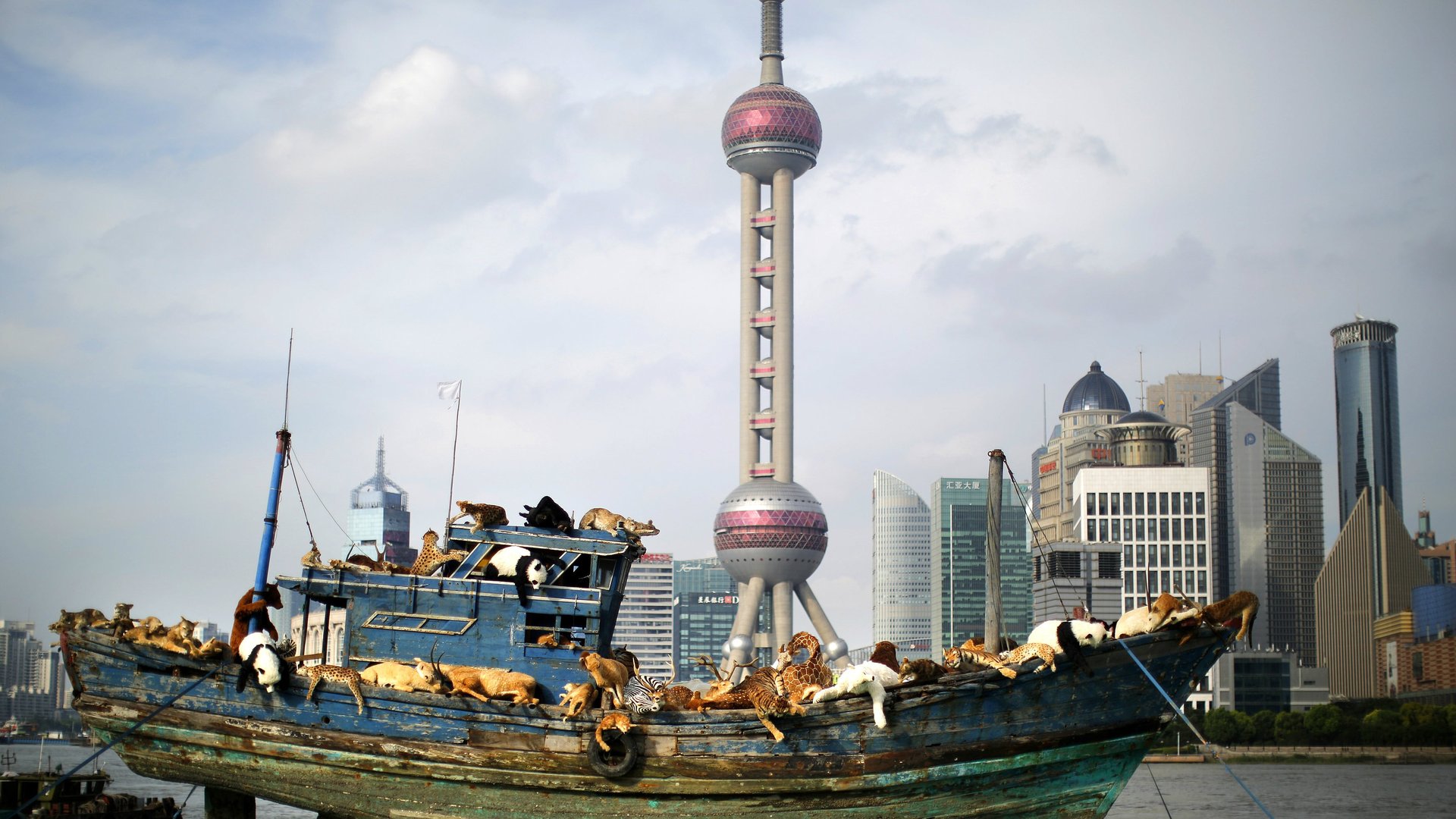In one metric of diversity, China comes in dead last
China is changing fast. Over the past several decades, the country has transformed economically and culturally at a pace the world has rarely seen.


China is changing fast. Over the past several decades, the country has transformed economically and culturally at a pace the world has rarely seen.
Despite this metamorphosis, one thing remains the same: China has almost no migrants coming to the country. According to recently released estimates from the United Nations, as of July 2017 there were almost exactly 1 million migrants in mainland China. (People born in Hong Kong and Macau now living in China are considered migrants by the UN.) That’s just 0.07% of all people in the country, meaning China has the fewest share of migrants of any country in the world. By comparison, migrants make up 15.6% of the US population.
The following chart shows the countries with the smallest inflow of migrants. The percentages are based on official country reports of the number of people who are permanent residents in the country. People that China considers short-term residents, like the hundreds of thousands Africans living in the region of Guangdong, are not counted in this data—though even if they were, China would still rank at or near the bottom of countries. (If you were curious: Saudi Arabia has the largest foreign-born population—37%—out of the 50 most populous countries.)
More than 60% of China’s official foreign-born residents come from just four places: Hong Kong, South Korea, Brazil and the Philippines. Hong Kong, South Korea, and the Philippines provide so many of China’s migrants because of their proximity and the fact that each country has a large ethnic Chinese population: The Chinese government promotes educated ethnic Chinese migrating “back” to China. The large Brazilian population is due to the strong economic ties between the two countries; China is Brazil’s largest economic trading partner.
There are several reasons for China’s low rates of incoming migration—including language barriers and the country’s large number of rural workers willing to fill available low-skill jobs—but the main reason is China’s restrictive immigration policy. Millions of people in poor countries from Africa and Southeast Asia would have gladly emigrated to booming coastal Chinese cities over the past several decades, but they have not been welcome.
According to the Migration Policy Institute, the Chinese government’s stated goal for their immigration policy is to promote economic development and national security, while maintaining “social stability.” These goals have led China to discourage migrants who were not of Chinese ethnic origin, and to only grant permanent status to people without Chinese ethnic backgrounds if they are important business or scientific leaders, or have made “outstanding contributions” to China. Under these rules, only about 10,000 foreigners have been granted the Chinese “green cards,” which allow permanent stay.
Ironically, China has benefitted tremendously from people born in the country immigrating elsewhere. There are currently about 10 million immigrants from China in the rest of the world, the fourth highest after India, Mexico, and Russia. These immigrants, and immigrants of previous generations, have developed important trade relationships with China, and have sent home trillions of dollars in remittances. In 2015 alone, remittances to China accounted for 0.4% of GDP, according to the World Bank.
China’s strong limits on immigration follow on the policies of Japan and South Korea, which also did not allow in many immigrants during their economic booms. But also like those countries, an aging population will mean pressure to open up. Japan and South Korea have both turned to foreigners to make sure the working-age population is large enough to keep the economy humming. China, too, may soon be forced to embrace the one change it hasn’t been ready for.